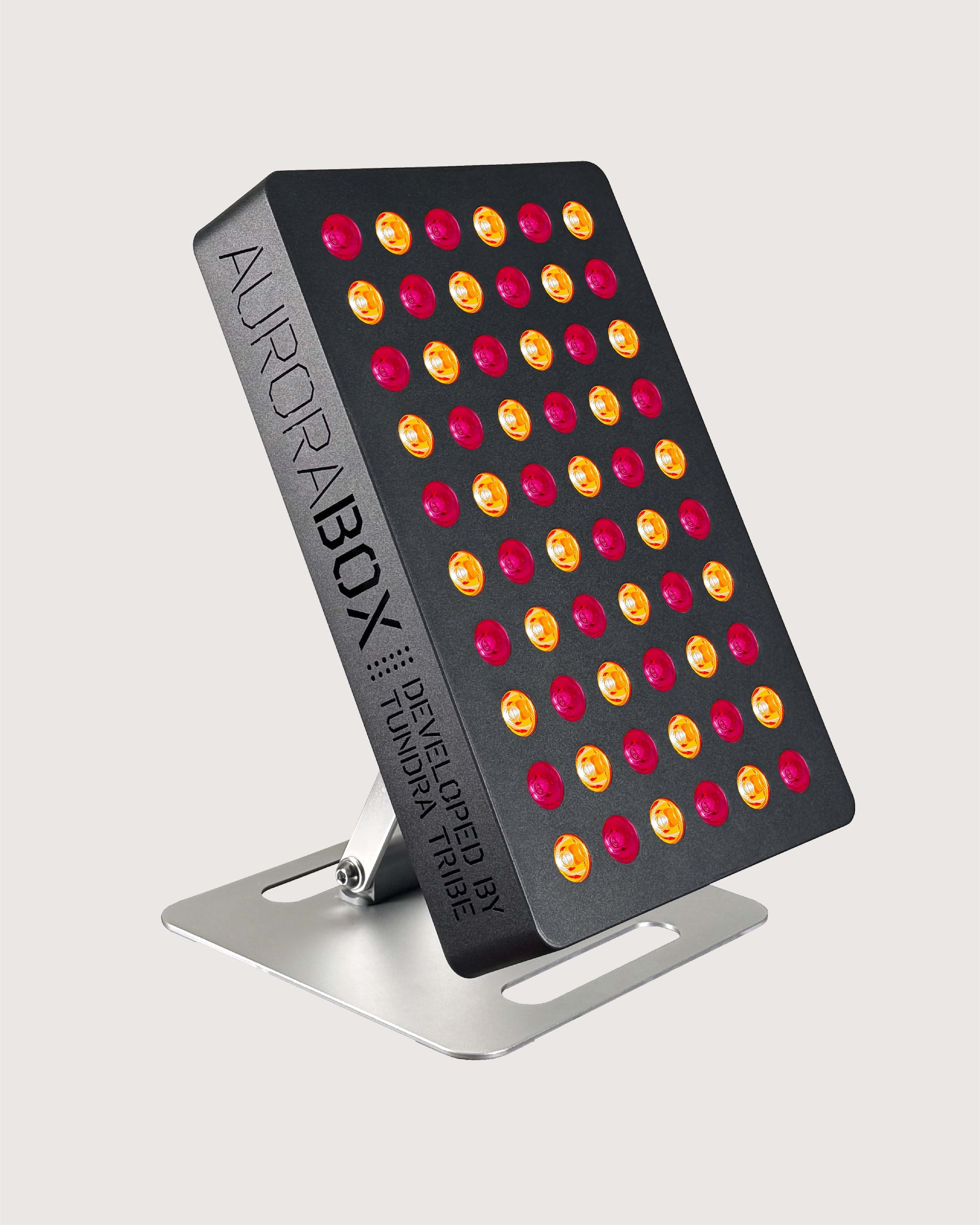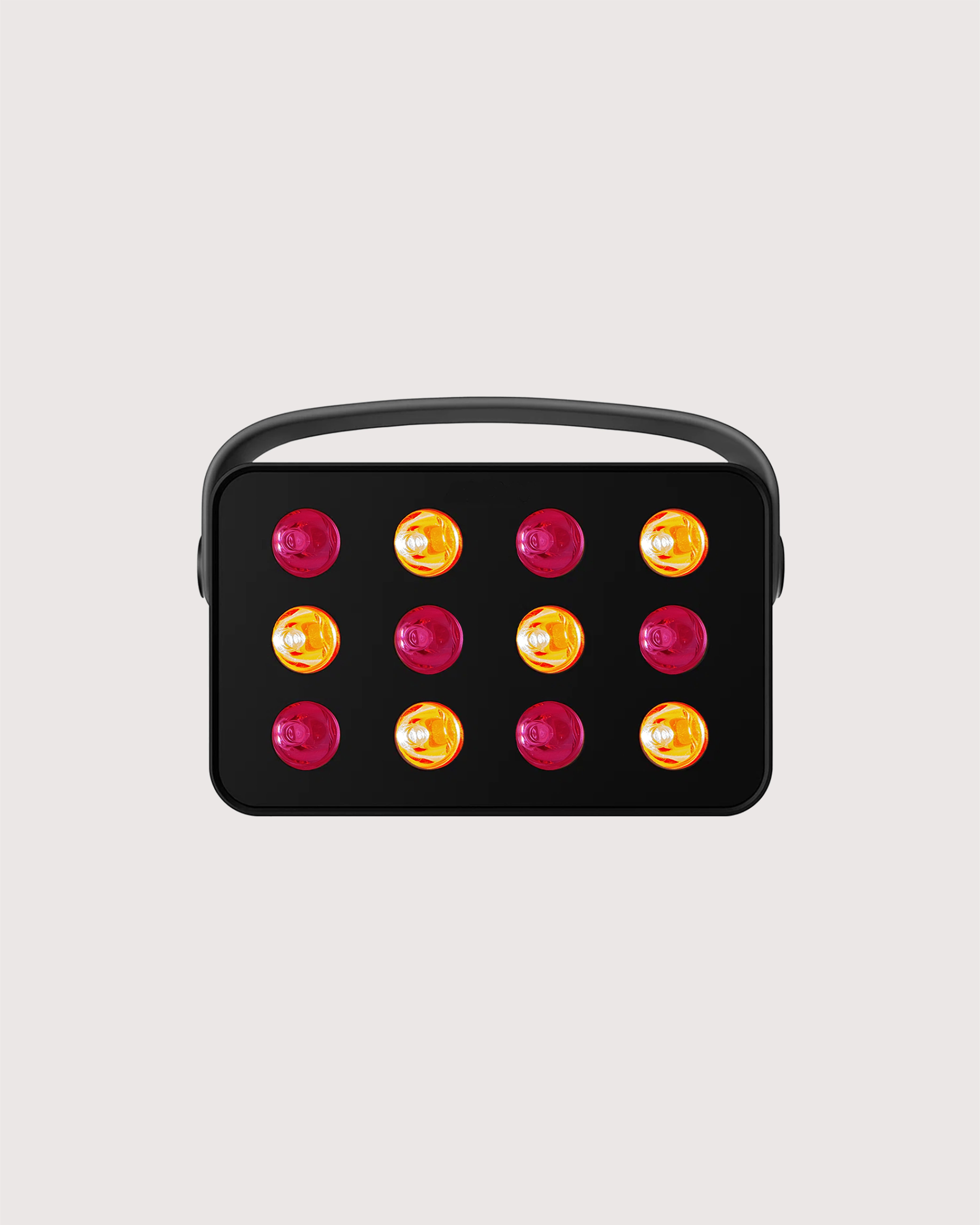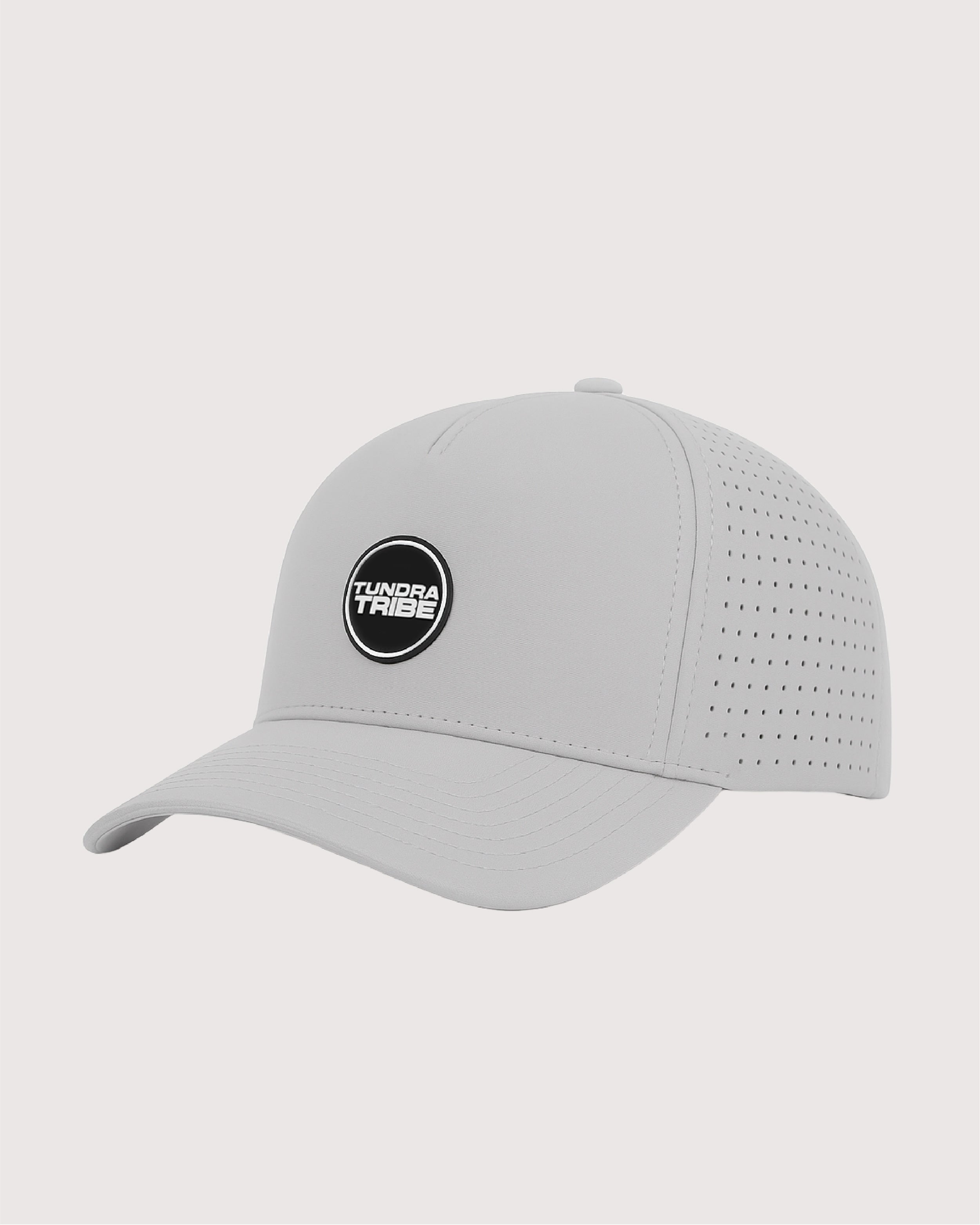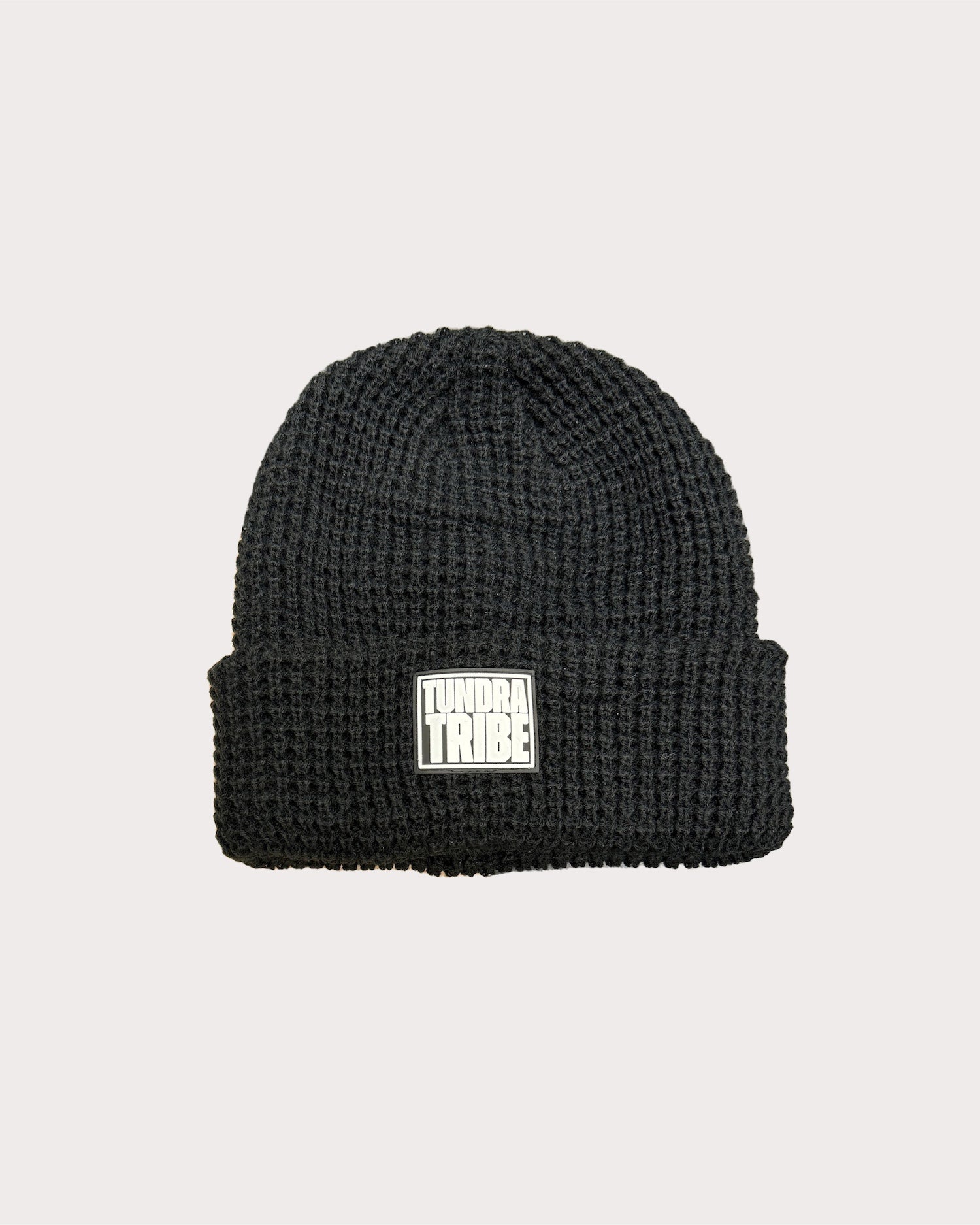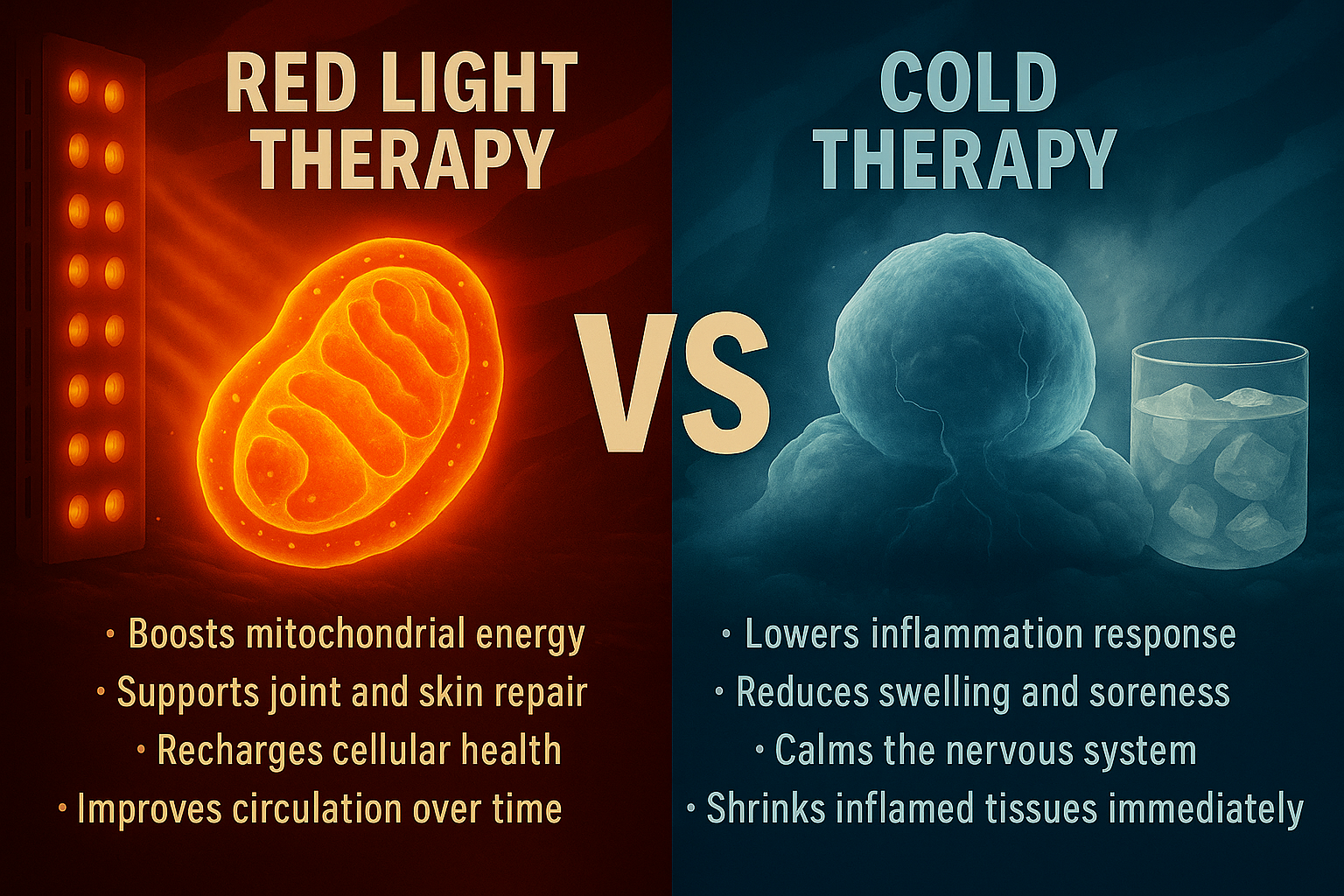You’ve iced your sore muscles. You’ve stretched, foam rolled, maybe even popped the occasional ibuprofen. But the stiffness keeps coming back.
That nagging inflammation in your joints, your back, your shoulders — it’s not just age, and it’s not just soreness. It’s cellular stress.
At Tundra Tribe, we’re helping you fight back — using science-backed wellness tools like cold therapy and red light therapy to target inflammation where it starts.

What Is Inflammation, Really?
Inflammation isn’t always bad. It’s your body’s natural healing response.
But when it becomes chronic — due to stress, poor sleep, aging, or overtraining — it becomes the root cause of joint pain, fatigue, slow recovery, and disease.
Think of inflammation like a fire: a little can be helpful...too much burns you out.
 Red Light Therapy: Cellular Healing from the Inside Out
Red Light Therapy: Cellular Healing from the Inside Out
Red and near-infrared light (660–850nm) has been shown to:
-
Recharge your cells: By stimulating mitochondria (your cell’s “batteries”), red light helps increase ATP production — which fuels healing and reduces pain.
-
Reduce inflammation markers: Clinical trials show red/NIR light lowers CRP and TNF-α — the key drivers of inflammation.
-
Improve joint and muscle recovery: Proven effective for arthritis, back pain, sports injuries, and post-workout soreness
Red light also supports brain health, skin repair, and deeper sleep.

Cold Therapy: Nature’s Anti-Inflammatory
The science of the cold plunge is simple — and powerful:
-
Vasoconstriction reduces swelling: When you immerse in cold water, your blood vessels tighten, flushing out waste and reducing inflammation.
-
Reduces pain perception: Cold numbs nerve endings, helping to break the chronic pain cycle.
-
Triggers anti-inflammatory response: Repeated cold exposure upregulates key anti-inflammatory cytokines like IL-10, giving long-term relief.
Pairing cold therapy with heat (like a sauna) can amplify circulation and immune benefits — known as contrast therapy.

Why Combine Red Light and Cold?
These two therapies don’t just work well on their own — they work better together.
Here’s what happens when you combine them:

Together, they create a full-spectrum recovery system — calming the body and rebooting cellular energy from the inside out.

What You’ll Notice (And When)
-
Week 1–2: Improved sleep, slightly less joint pain, faster post-workout recovery
-
Weeks 3–6: Reduced chronic pain, more mobility, better focus
-
Months 2–3: Lasting relief, visible skin changes, more daily energy
Ready to Take Control of Inflammation?
You don’t have to settle for stiffness and soreness.
Whether you’re an athlete, a biohacker, or just someone who wants to feel better, the answer is already inside your body — it just needs the right tools to unlock it.
Simple Action Plan
-
Use your red light panel 3–5x/week for 10–20 minutes
-
Cold plunge or contrast therapy 2–4x/week to reduce inflammation
-
Track your sleep, soreness, and energy levels
-
Stay consistent — healing is a cumulative process
You’ll be amazed what a few minutes a day can do.
 Final Thought
Final Thought
Pain doesn’t have to be your normal.
Inflammation doesn’t have to define your day.
And recovery doesn’t have to be complicated.
At Tundra Tribe, we’re building a wellness movement for people who demand more from life — more energy, more recovery, more you.
Join the Tribe. Fight inflammation. Feel the difference.
— — —
Products Associated with Article
Meet the AuroraBox 60 PRO Red Light Panel
Our most powerful, clinically backed red/NIR light panel. Designed for high-performance recovery, skin support, and inflammation reduction.
-
Medical-grade 660nm + 850nm dual-spectrum light
-
Flicker-free, EMF-safe design
-
Ultra-bright with deep-tissue penetration
-
Great for athletes, high-performers, and recovery routines
— — —
📚 Sources
-
Photobiomodulation and mitochondria: Increasing ATP production
-
Clinical evidence of red light therapy for musculoskeletal pain
-
Red light therapy reduces inflammation and improves tissue repair
Read more
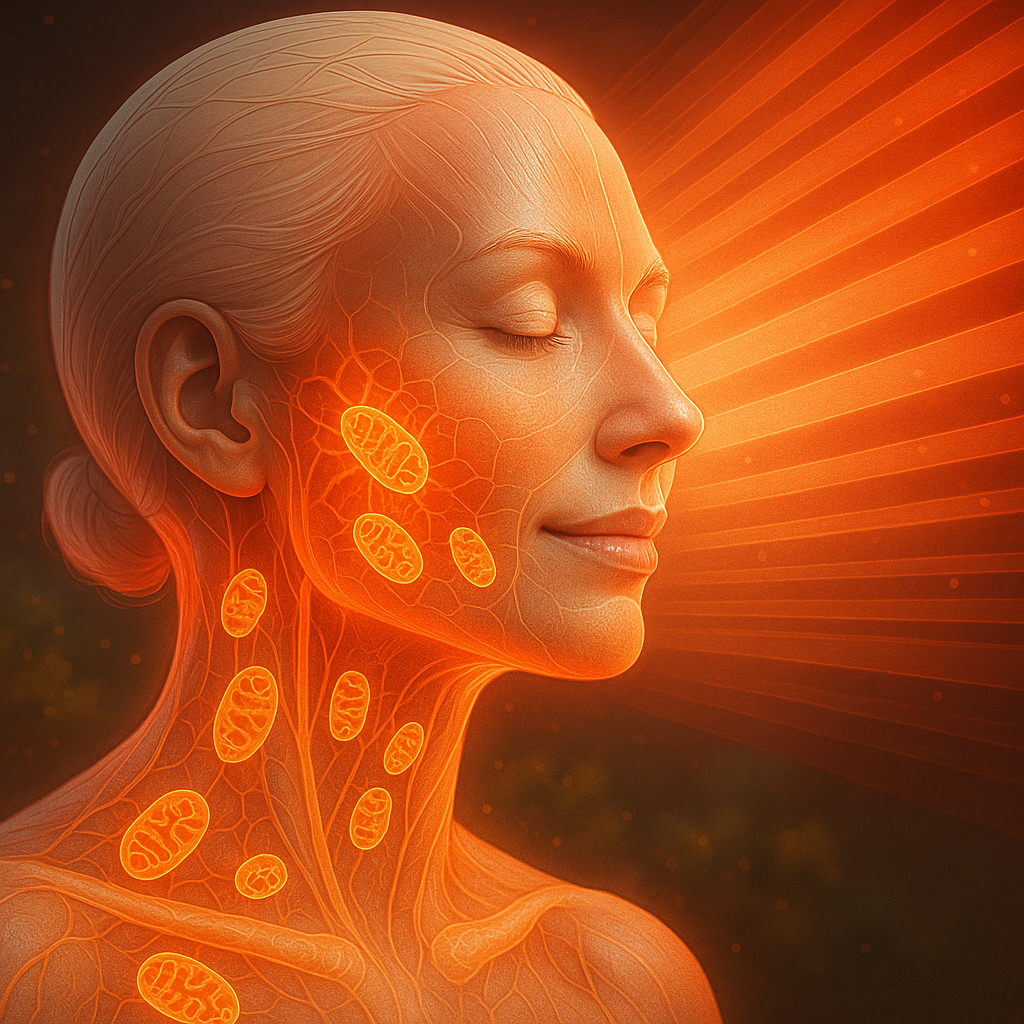
You might glance in the mirror each morning and wonder where your youthful glow went. Instead of slathering on cover-ups or expensive creams, imagine recharging your skin from the inside out. Red a...
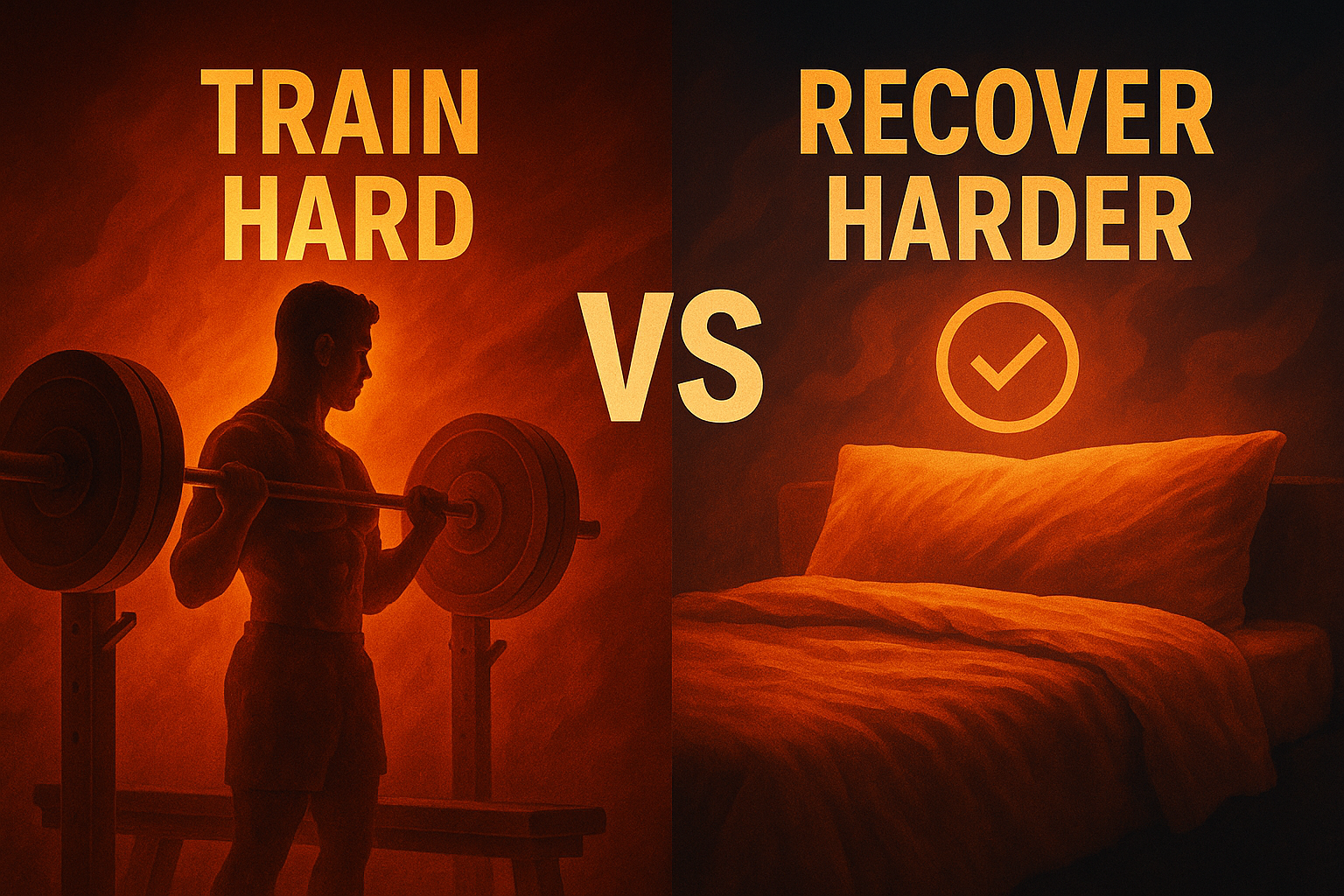
The Modern Athlete’s Dilemma: Train Hard or Recover Harder For driven athletes and high-performers, the “no days off” mindset can be a double-edged sword. The body craves growth — but recovery is w...


